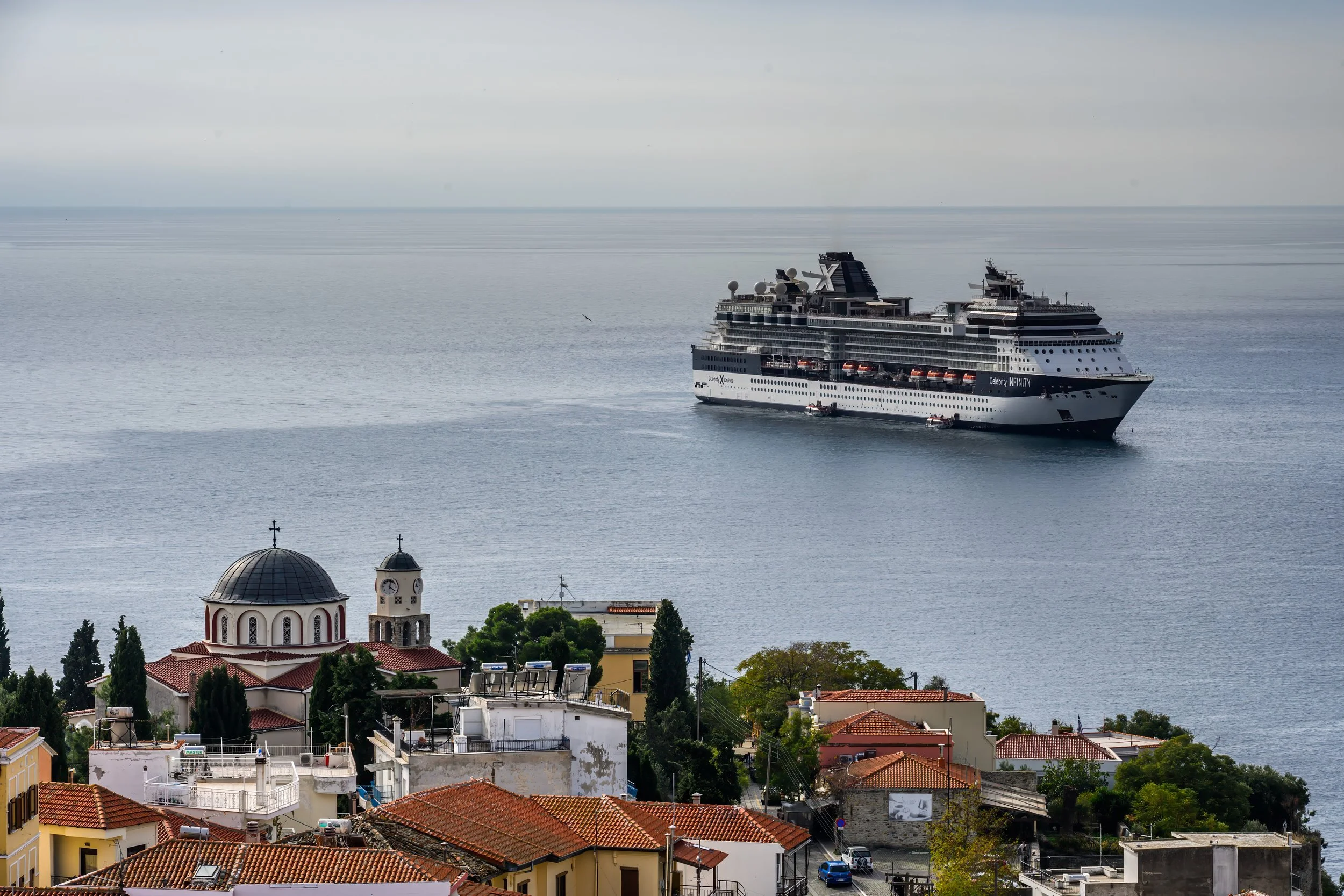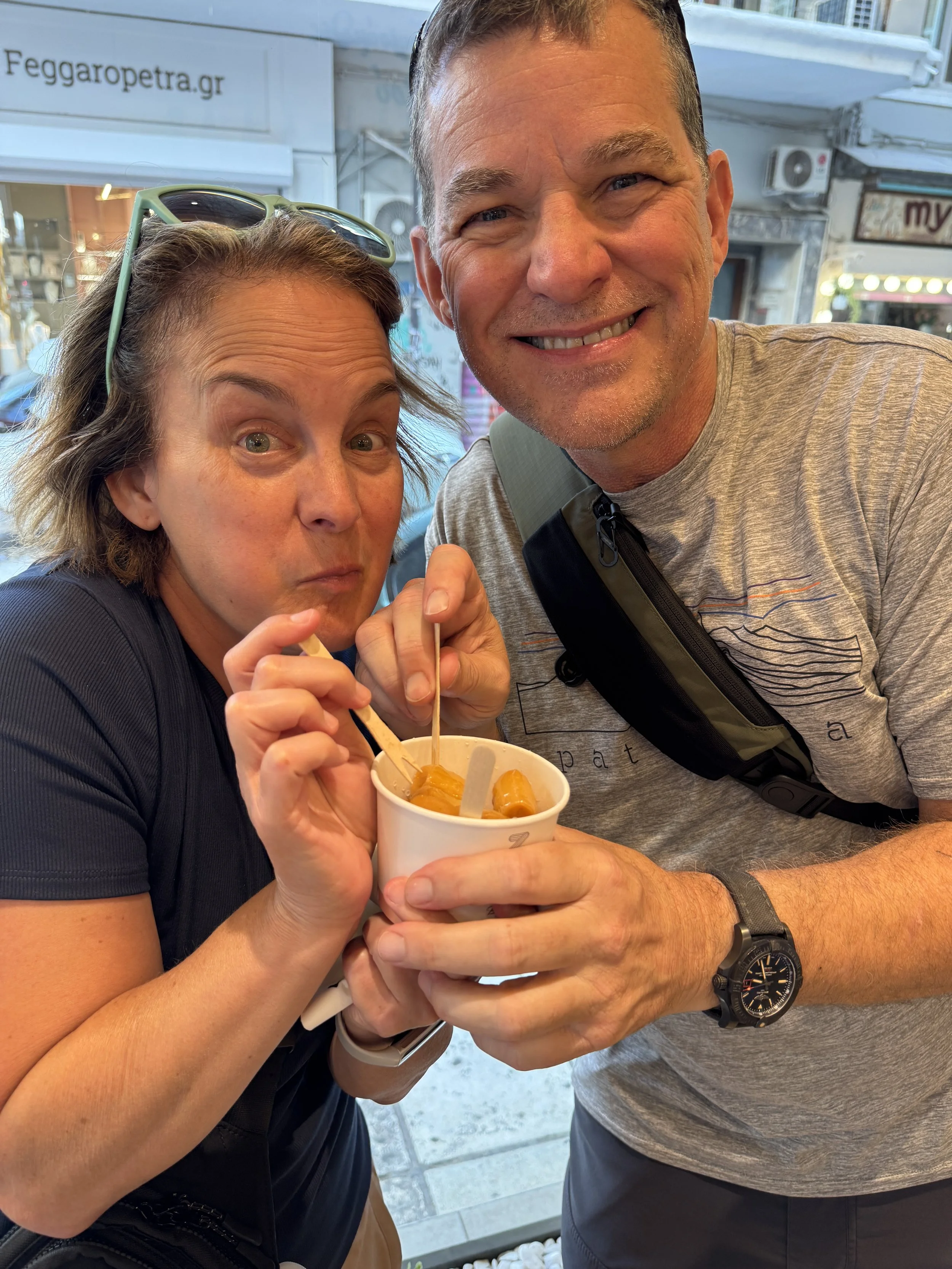We all have our travel “bucket lists” and at GoSeeIt Travel we do too! In 2025, we were able to experience several special bucket list trips; seeing puma in Corcovado NP in Costa Rica, sitting with gorillas in Uganda and visiting Athens and some of the Greek Islands!
“We take a lot of trips, but moving things from bucket list to an actual travel experience requires another list…the “book-it” list. ”
We take a lot of trips, but moving things from bucket list to an actual travel experience requires another list…the “book-it” list. This is a shorter list of trips we want to actually make happen, It’s set on a calendar and I start the research for them almost 2 years before we plan to go, then I work with my best travel advisors to find the and plan the trip I want and that fits my budget. (see our preferred list of travel providers here, that we personally use and do not pay us!) The only way to make our bucket list a “been there, done that” list is to take that next step and “book-it” Many people I talk to with the means and opportunity to travel never move from bucket list to book-it list, and that’s why they often tell me they don’t travel as much as they’d like. If you have the “want to” for travel; then make a New Years Resolution to create a “book-it list” on your calendar and start having those experiences!
Enjoy a review of our favorite trips of the year…click on any photo or heading to open the full report!
In 2026, we start the year off with more bucket list experiences, traveling to Milan for the 2026 Milano-Cortina Olympics. Seeing a winter Olympics Opening Ceremony in Europe has been on our bucket list since the 1994 Lillehammer Olympics! We moved an Uncruise to the Aleutian Islands off the book-it list (and a waitlist!) to “let’s go!” in May. And in November we will travel to Madagascar, Africa, a “rebooked it” trip after a family emergency led to an earlier cancellation. Other travel will happen…but for those special bucket it list trips, they have to get on the book-it list, we’ll keep booking as long as our good luck, health and budgets, hold out!
Happy New Year from GoSeeIt Travel!































































































































































